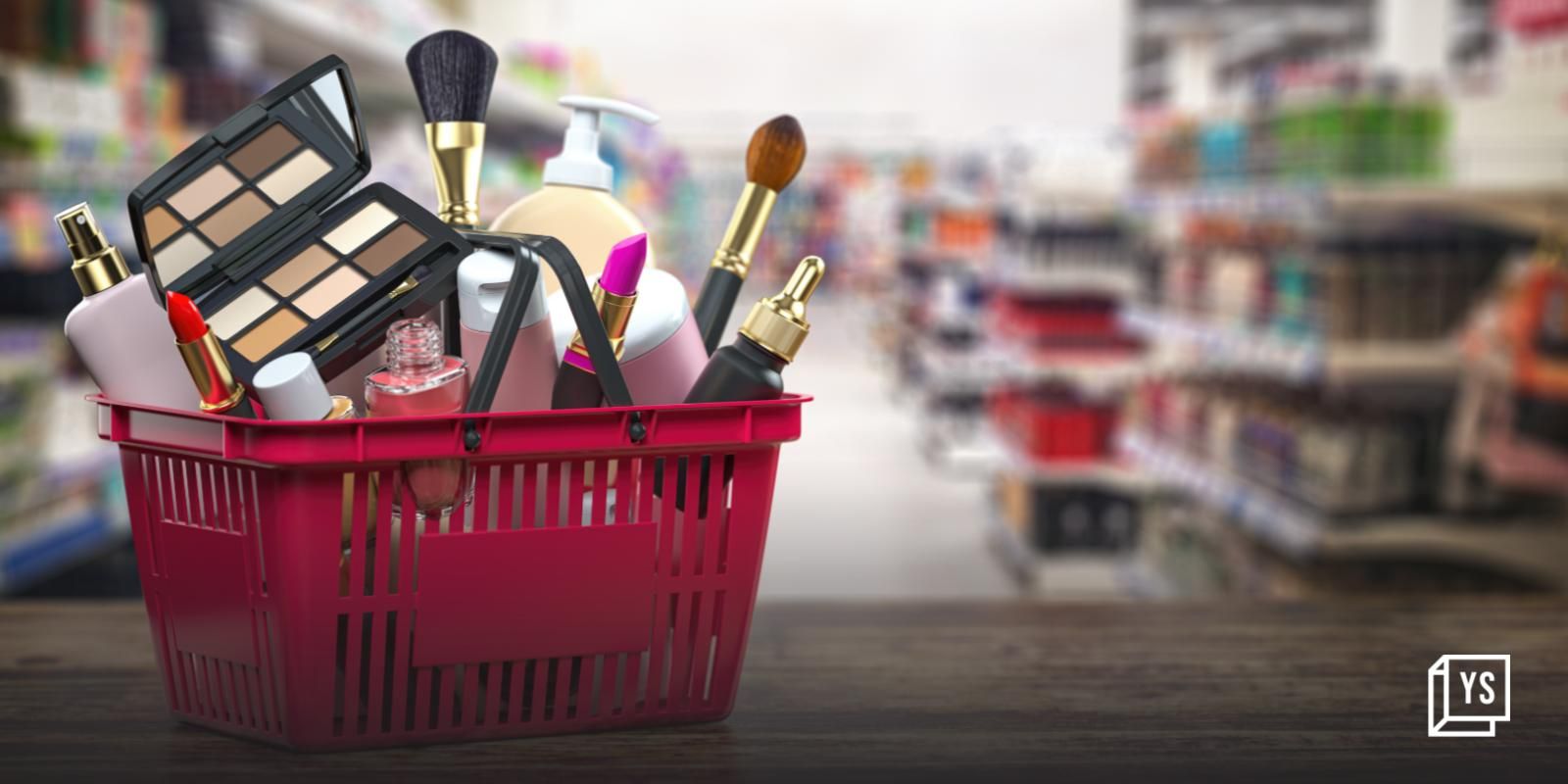India to fuel $660B global beauty and personal care market: Redseer and Peak XV report
India's beauty and personal care market is projected to touch $30 billion by 2027, making up about 5% of the global opportunity.
India is set to contribute significantly to the global beauty and personal care (BPC) market, making it one of the few significant countries to fuel the $660 billion industry worldwide.
India's BPC segment is expected to touch $30 billion by 2027 making up for about 5% of the global opportunity, according to a report by Redseer Strategy Consultants and Peak XV Partners.
The global BPC market has shown tremendous potential over the last few years. It is now expected to witness a meteoric rise with projections indicating a total market size of $660 billion corresponding to a market capitalisation of $2.2-$2.7 trillion by 2027, the report said.
The BPC market, which includes pure-play and FMCG-led brands, across nations has been on a resilient path in the face of global disruptions brought about by the 2020-21 lockdowns. Industry was affected marginally while the broader economies were much more severely affected. This underlines BPC’s role as a fundamental human need, the report said.
The report added that there is a growing need among consumers for products tailored to individual skin or body types. They are also increasingly willing to pay premiums for effective and safe solutions, leading to rapid growth in the masstige and premium categories.
Pure play brands have managed to disrupt the market by targeting specific use cases, leading to higher growth rates, gross margins, and profitability compared to FMCG-led BPC players. The average revenue growth of the largest pure-play BPC players was 5X that of the largest FMCG-led BPC players (between 2017-22), according to Redseer's report.
The Indian BPC market has the highest growth rate (CAGR of 10% 2022-27) vs. comparable countries (the next best is Indonesia at 8% and China at 7%). It is now projected to be US$ 30 billion by 2027, making up about 5% of the global opportunity.
"The growth prospects of the Indian BPC industry are further strengthened in light of how under-penetrated the Indian BPC market is. On per-capita BPC spends, while the U.S. leads at $313, and China at $38, India lags significantly at just $14," the report said, noting that online is a significant channel for BPC in India as it projected to become a US$ 10 billion market by 2027, accounting for roughly 33% of the market then.
Similar to the global market, pure-play BPC brands are leading the disruption in India, as per the report which revealed that the Indian BPC market is growing at a rate twice as fast as FMCG-led brands, signalling the significance of specialised, BPC-focused players. As the Indian BPC market matures, the report anticipates the emergence of multiple hundred-million-dollar pure-play BPC brands.
"From acne management to anti-ageing solutions, specialised use cases are where we're seeing a lot of the action. Brands are spending a significant portion of their resources and organisation bandwidth on product development, R&D, and customer insights to drive more efficacious products to a targeted audience," says Sakshi Chopra, MD at Peak XV.
The BPC landscape's transformation has also birthed a slew of innovative brands like LOréal, , Honasa, and Sciences with niche offerings. These players, wholly dedicated to BPC, are more agile in responding to evolving consumer needs, positioning themselves as leaders in this dynamic market, according to the report.
Edited by Affirunisa Kankudti











